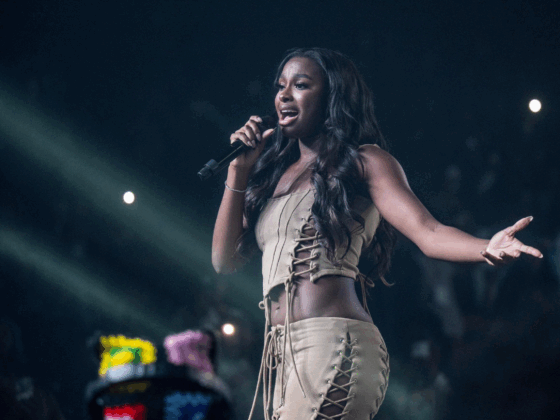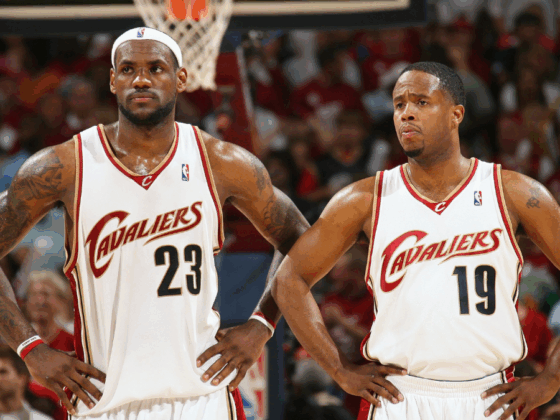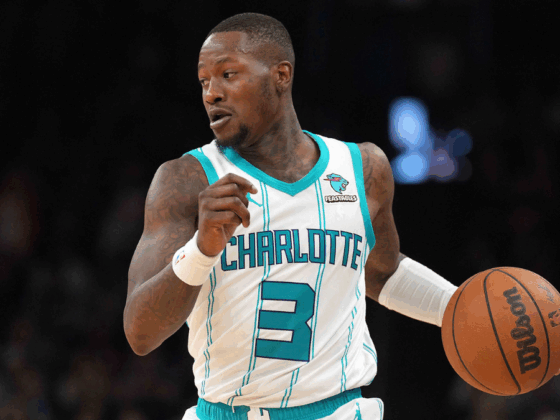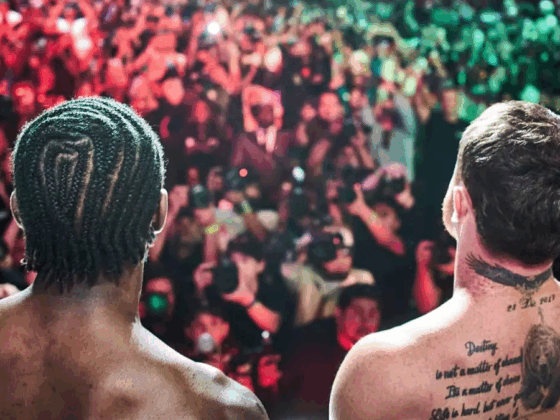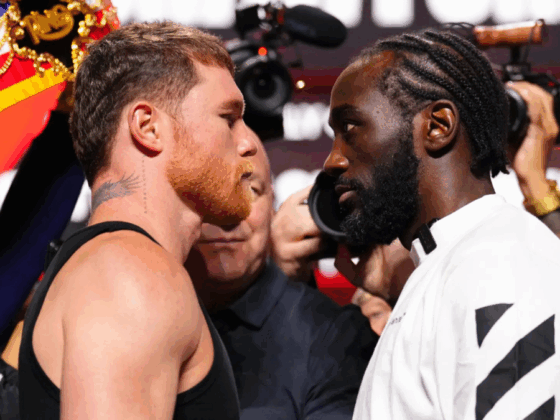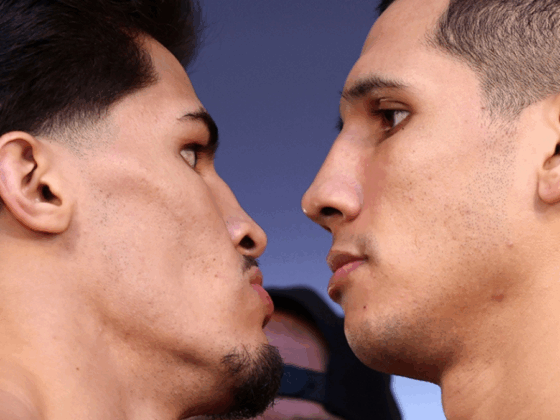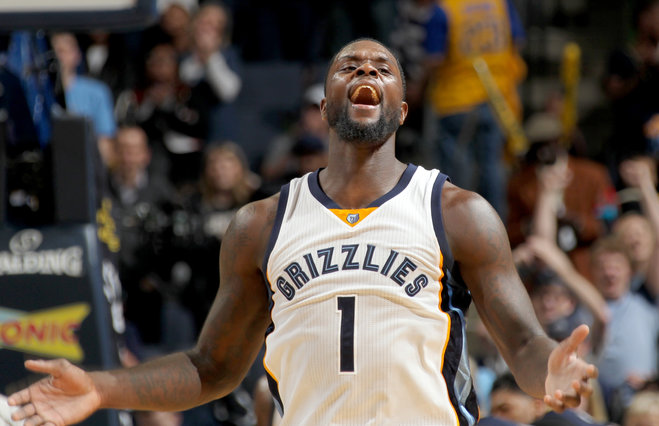
Lance Stephenson has had a strange trajectory in his career. He was deemed as a bright, young star in Indiana but upon leaving for Charlotte in free agency, his regression hit hard. Stephenson lost the shooting touch that helped make him one of the most dynamic players in the league and struggled elsewhere en route to a miserable season.
His stint with the Los Angeles Clippers was better, but he struggled with consistency. Some of that was certainly based in his play. Much of it was based in an unforgiving role with head coach Doc Rivers as he experimented with starting Stephenson, playing him off the bench, or keeping him out of the rotation entirely.
Since then, Lance has found himself on his fourth team in the past three seasons after a trade deadline deal that saw him move to Memphis. In his short time under head coach Dave Joerger, Stephenson has thrived, allowed to play in a more comfortable role while still being under strict supervision in order to lessen the blows of “Bad Lance” plays.
Yet despite the reputation that Stephenson has built as a bad personality and worse performer, the multi-positional player has done quite well all year. Both the Clippers and Grizzlies have generally had more success with Lance on the court. That has also been evident in the teams’ records. Of course there are other factors at work, but there is something to be said of the Clippers accumulating an 8-8 record since the trade deadline including some terrible losses while the Grizzlies have surprised everyone by going 10-8 in the same time despite the rash of injuries including ones to Marc Gasol and Mike Conley.
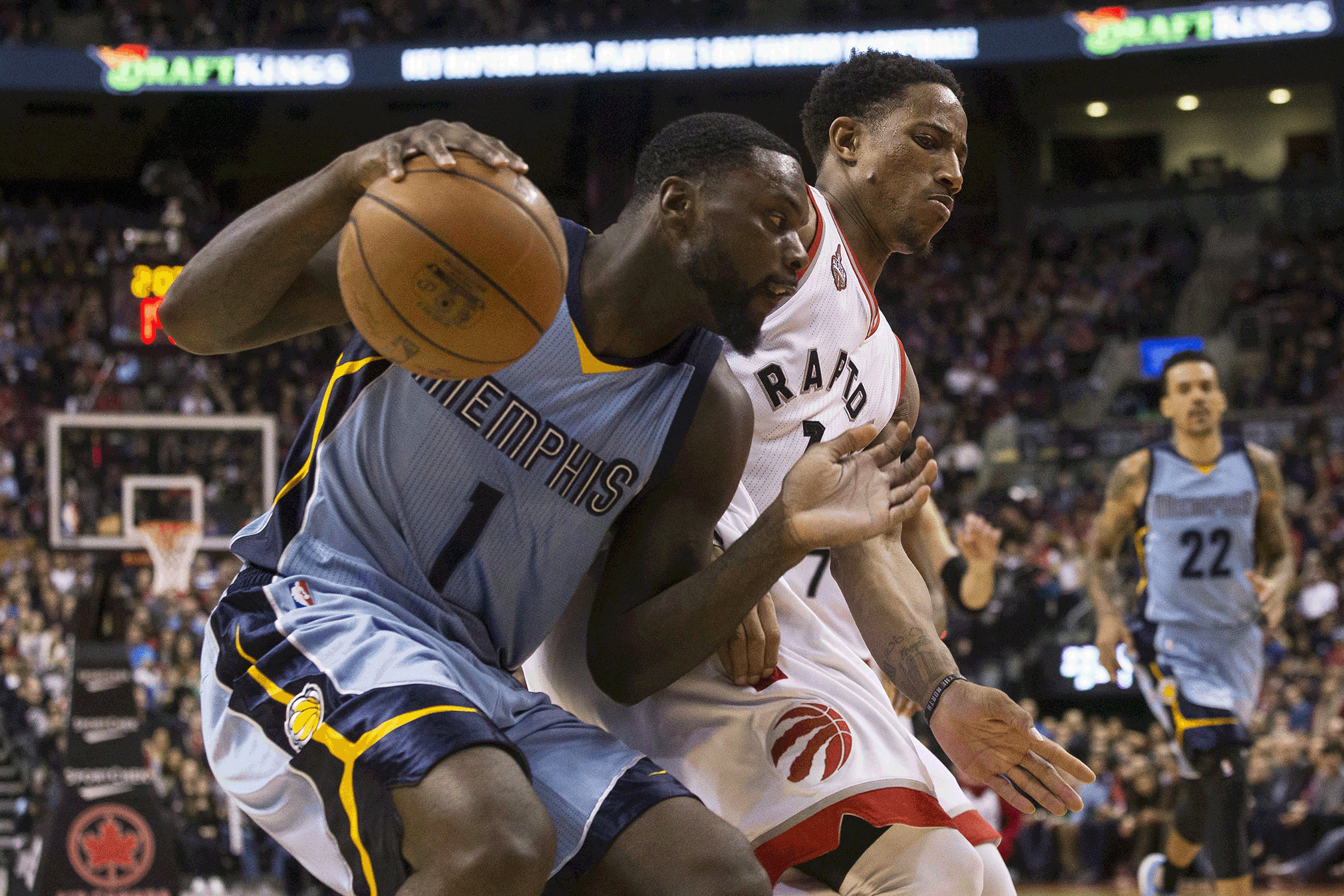
While his traditional box-score numbers with the Clippers were bad, Stephenson has been a force to reckon with in Memphis. In his sixteen games with the Grizzlies, the wing has averaged 15.1 points, 5.1 rebounds, and 2.9 assists per game while shooting 50.3% from the field. He has been abysmal from behind the arc, shooting just 17.6%, but his low number of shots from range paired with his decently high rate of free throw shooting has made him efficient on offense nonetheless. Case in point: Stephenson’s 56.6 true shooting percentage for the entire season would be the best mark in his entire career.
Stephenson’s impact goes beyond the simple numbers, however. In his time in Memphis, the Grizzlies have improved by huge amounts with their new addition on the floor. When Lance has been on the bench, the team has been outscored by 7.1 points per 100 possessions. With the shooting guard on the court, however, the Grizzlies have outscored their competition by 0.6 points per 100 possessions. In short, the Grizzlies are nearly eight points over the course of 100 possessions better with Stephenson playing.
The effect that Stephenson has on a team goes beyond the statistics. Sure, he comes with some antics and there are the vine-able moments of Lance being completely out of control on the basketball court. But, Stephenson adds real value to a basketball team. He scores in a variety of ways and his ball-handling ability when kept in check makes him a dynamic threat on offense. In addition to the scoring, Stephenson is a willing and able playmaker. In fact, he racks up four assists per 36 minutes in his time in Memphis, helping fill the void left by injuries to Conley and Mario Chalmers.
Stephenson’s defense is a more hit-and-miss proposition. When locked on, he has the physical tools and instincts to be an elite defender on the perimeter. Unfortunately, all too often, he falls asleep especially when guarding off-ball. That is certainly something for him to work on, but again it does not come from a lack of ability. It is merely a lack of focus that hinders him both defensively and offensively and that is something that will grow and improve as Stephenson gets older and more mature. After all, Lance is still only 25 years old, with plenty of time to put everything together to once again become an impactful player on a winning team.

The Grizzlies are not going to be going anywhere in the playoffs; they are likely facing a first round exit to the Los Angeles Clippers with seemingly no end in sight for their injuries. Those same injuries have also led to understanding the value of Lance Stephenson.
Lance may never be a “system” player. He does not often work in the confines of an offensive system and he should not be forced to do so. Stephenson is at his best when he is allowed to handle the ball, improvise, and create plays for himself and his teammates. With the injuries to the Grizzlies’ top dogs, he has been able to be unleashed in that way and he has been phenomenal in that role.
It is fair to wonder whether Lance can replicate these results on a good, healthy team. But he did that Indiana just two years ago. At this point in his career, it seems clear that he is best suited as the main ball-handler in bench-heavy units. That allows him the freedom to work without any confinements, while reducing the impact of his poor shooting from distance.
In that role, Stephenson can be fantastic and a real difference maker on the court. He’s shown that in a short stretch already with the Grizzlies and a smart coach (which Joeger has been) will be able to put him in positions to succeed. This is not to mention that he is still young and his natural progression should mean more improvements and refinements to his raw game.
It will be interesting to see how Stephenson’s contract situation plays out this summer. He has a team option for about nine million dollars. It would seem likely that Memphis exercises that option to keep him on the team for one more affordable season, but the construct of the team is fluid with Conley being an unrestricted free agent as well. Should Lance be able to replicate his play again next year, he could see a nice payday the following offseason – one that would seem to be well deserved.
